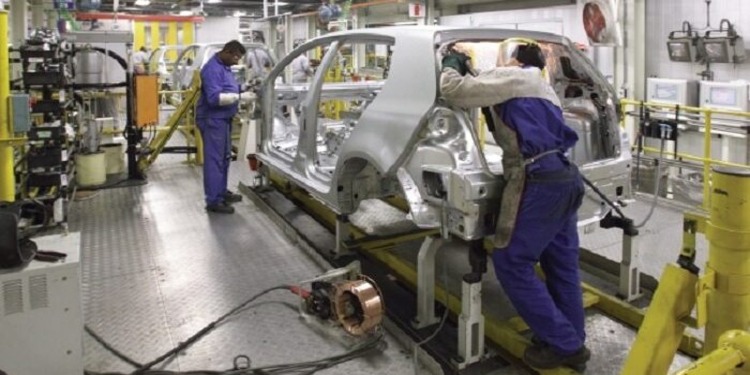
Every day, millions of cars snake their way across Kenyan roadways as Kenyans commute to and from work. As much as this causes never-ending traffic bottlenecks, it also represents enormous promise in Kenya’s automobile sector.
According to the National Safety and Transport Authority (NTSA), Kenya will have 4,382,335 registered cars by the end of August 2022, including 2,782,102 motorbikes. Personal vehicles, tractors, heavy machinery, trailers, commercial vehicles, and three wheelers are all included in the distinction.
Obviously, the vast majority of these automobiles are imported. It is time to transform Kenya’s automotive sector by strengthening local manufacturing. This opens up three enormous opportunities, job creation, strengthening the value of the local currency through more exports and lower input costs and diversification of Kenyan exports by increasing the automotive export basket.
Fortunately, the National Automotive Policy has energised this path. It has established an enabling environment for stakeholders in the automotive sector to realise their full potential and position Kenya as a leading automotive producer. The government must guarantee that it is fully implemented by establishing the National Automotive Council.
Kenya is already selling car batteries to Ghana, Malawi, and the East African Community as part of Africa’s Continental Free Trade Area (AfCFTA). During a recent Kenya Association of Manufacturers (KAM) Conference attended by President Ruto, it was revealed that Kenya has now become a net exporter of batteries, with 60% exported and 40% imported. This demonstrates Kenya’s potential as a manufacturing powerhouse in the automobile sector.
Clearly, the government has a significant role to play in Africa’s ambition for automotive dominance. For example, in May, the government prohibited the entry of used buses and trucks. This will help the local automobile assembly business. A similar restriction should be imposed on all commercial vehicles after consultation with all parties. This is the type of legislation that would increase investment in the local automotive industry and create 300,000 new jobs in local assembly and components manufacture.
According to KAM, Kenya has an installed capacity of 96,000 commercial vehicle assemblies per year, but we only assemble 12,000 cars. This deficiency must be corrected promptly. According to the last KAM conference, Africa’s car demand is 5 million units per year, but we only build and assemble 1.2 million units. Kenya must capitalise on this lucrative car industry. Furthermore, according to the IEA Technology report from September 2022, by 2030, EVs would account for 60% of all vehicles sold globally, hence Autopax Limited’s quest of producing electric vehicles locally for the African market should be continued.
The motorbike sub-sector is likewise poised for explosive expansion. The Motorcycle Assembly Regulations, which have now been implemented across the East African Community, are fueling this expansion. These laws made it possible for approved local assemblers to get 14 of the approximately 300 motorbike parts locally. Thousands of employment have already been generated as a consequence. For Kenya to become an African motorcycle manufacturing powerhouse and to produce the 250,000 new good employment identified by KAM, the government must strongly promote the full implementation of the Motorcycle rules.
The newly appointed Cabinet Secretary for Industrialization, Trade, and Enterprise Development must grab the opportunity. Implementing local procurement processes for locally made automobiles and using locally manufactured parts is a key step forward.
